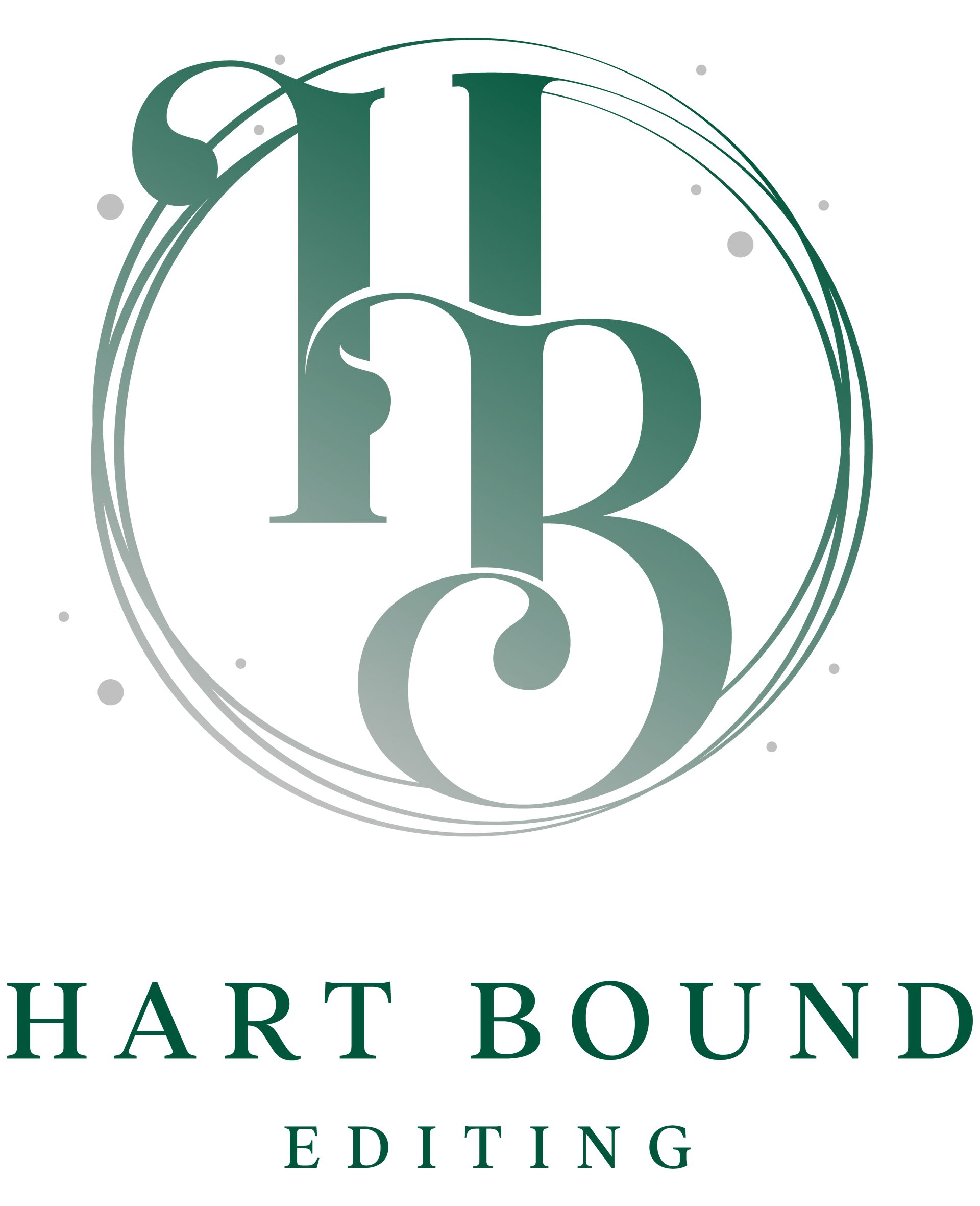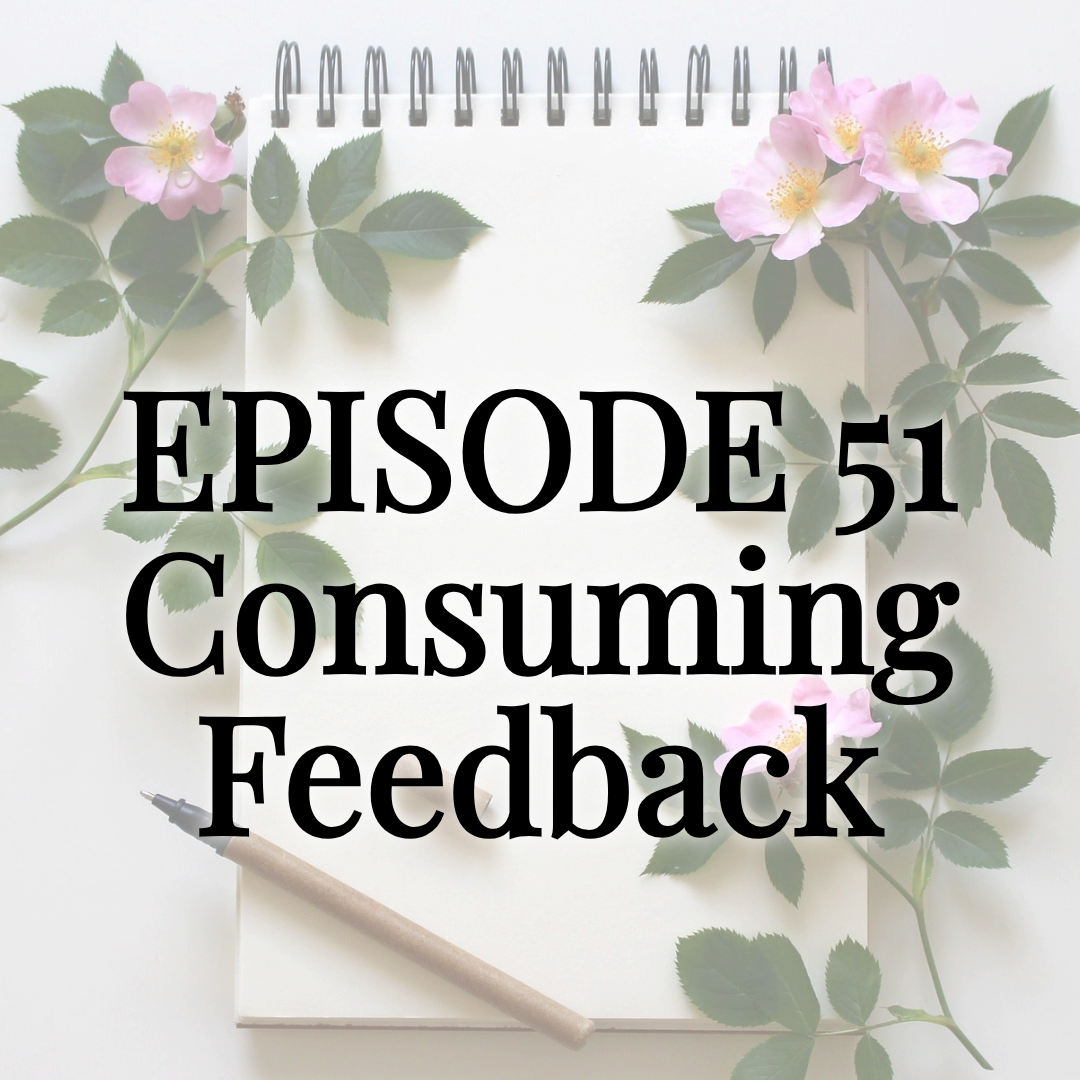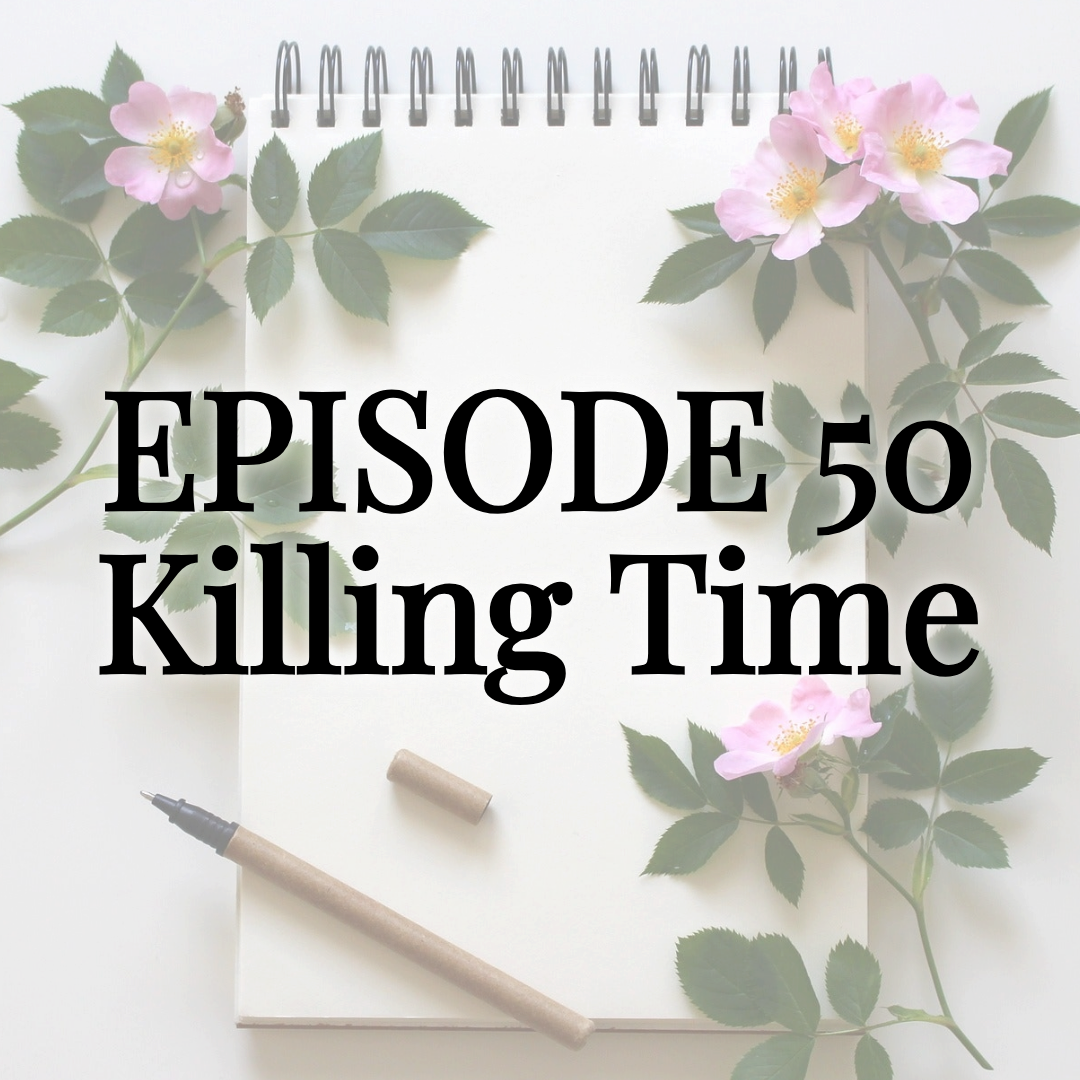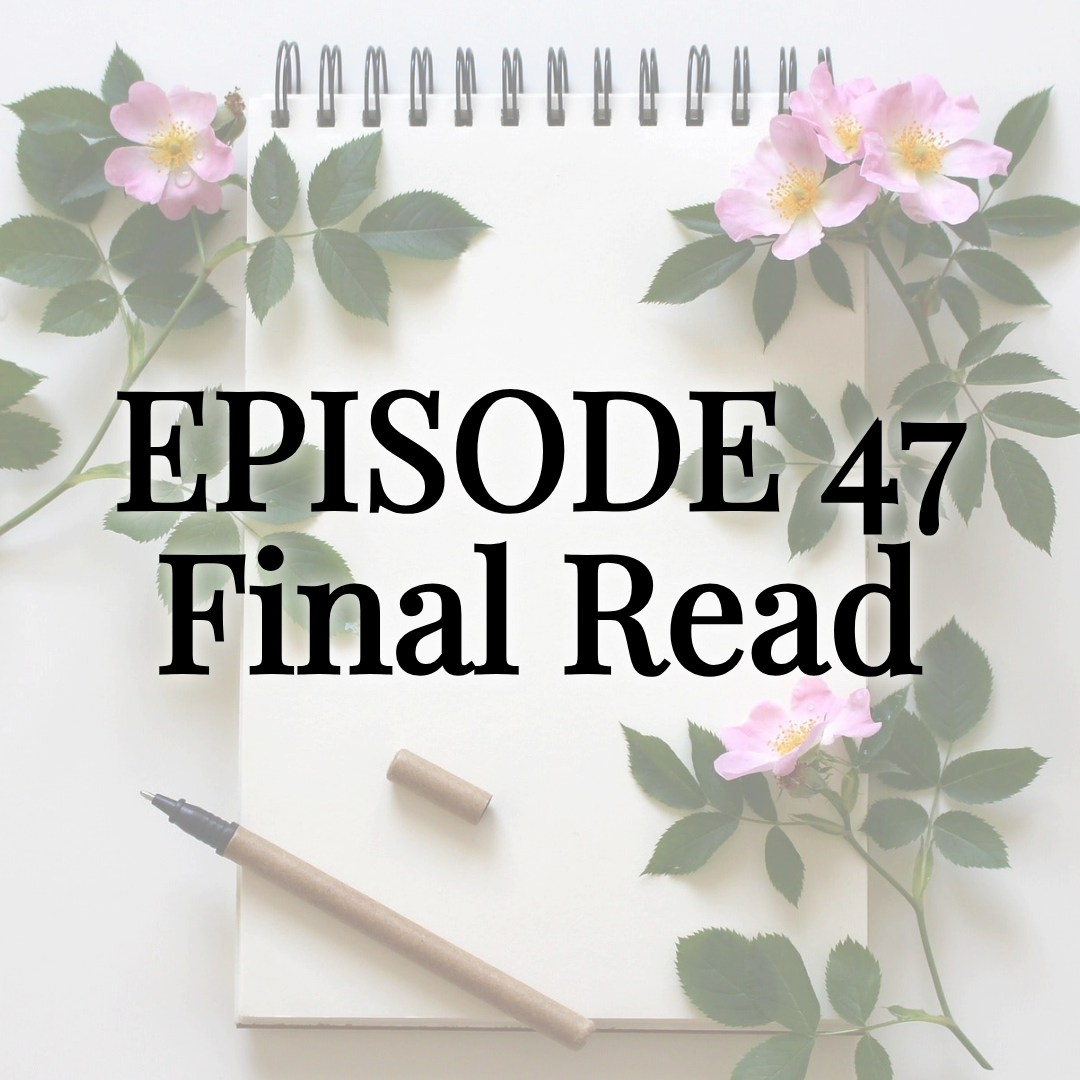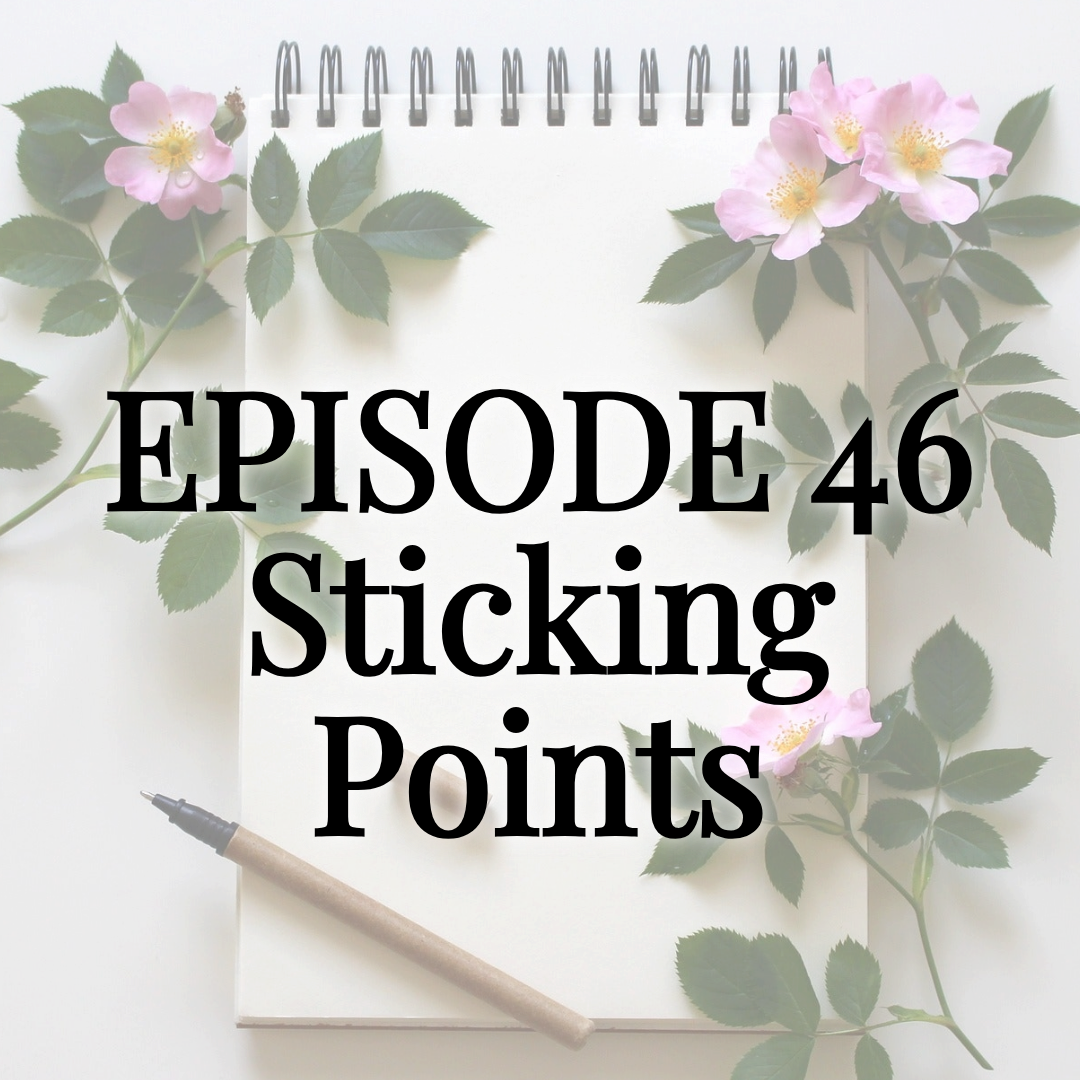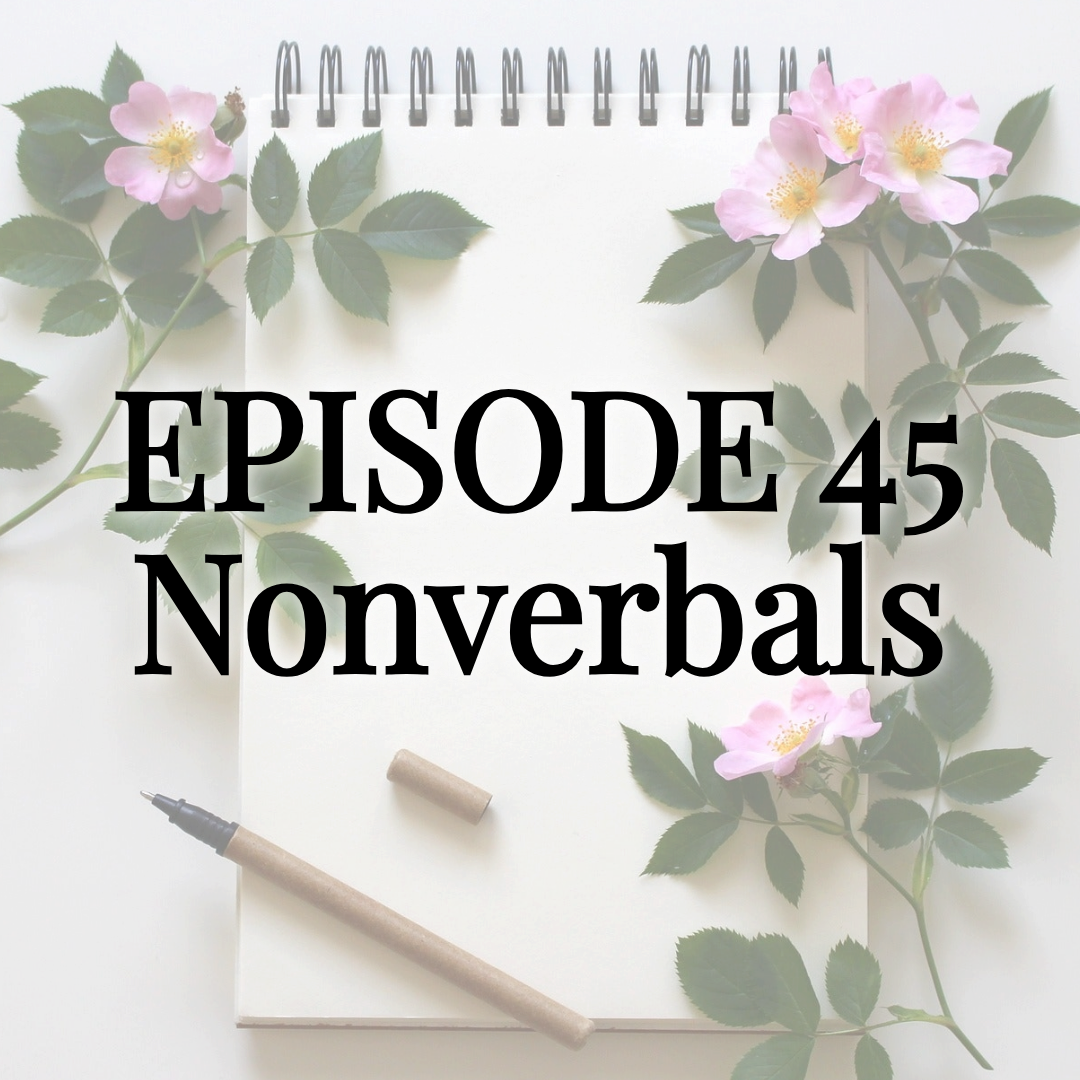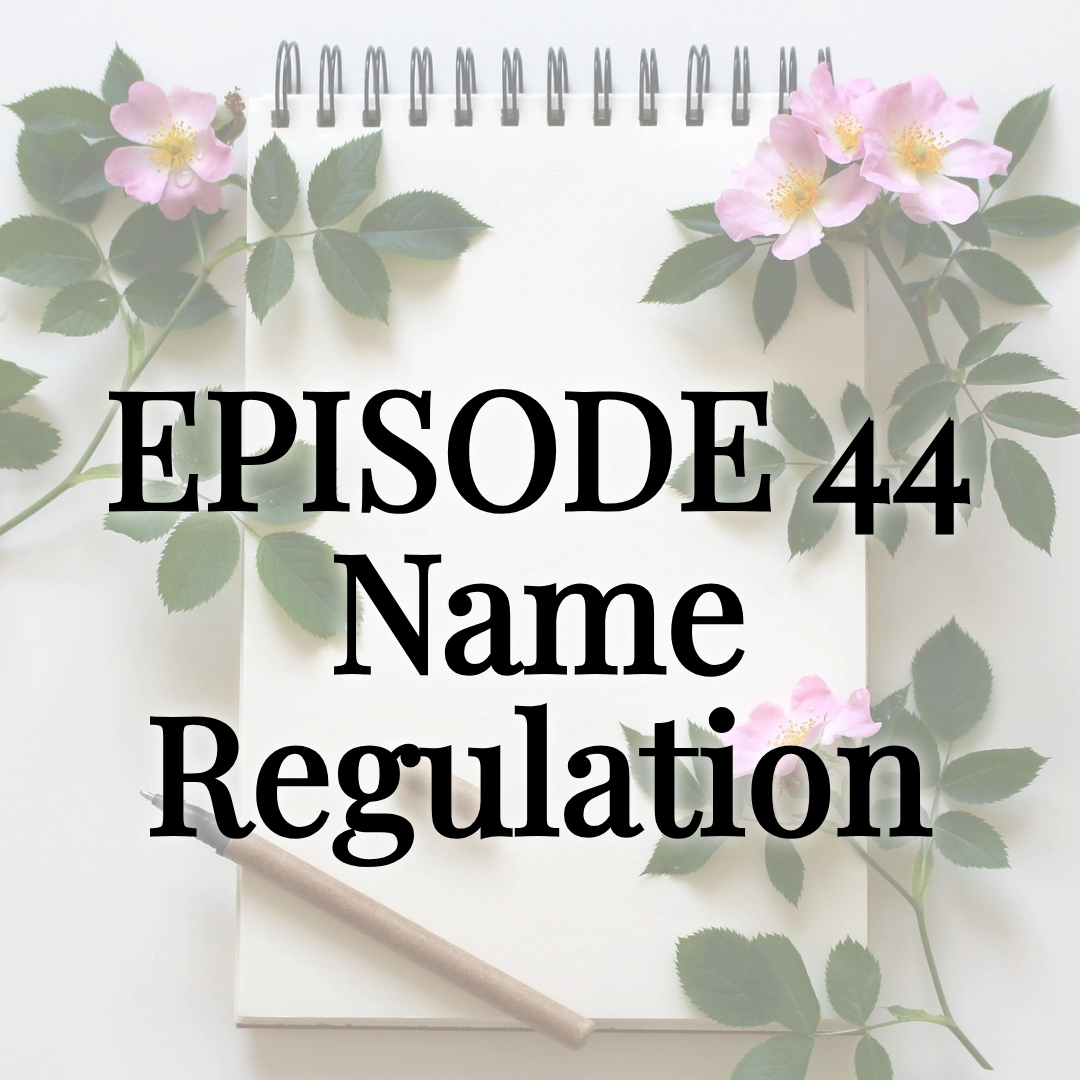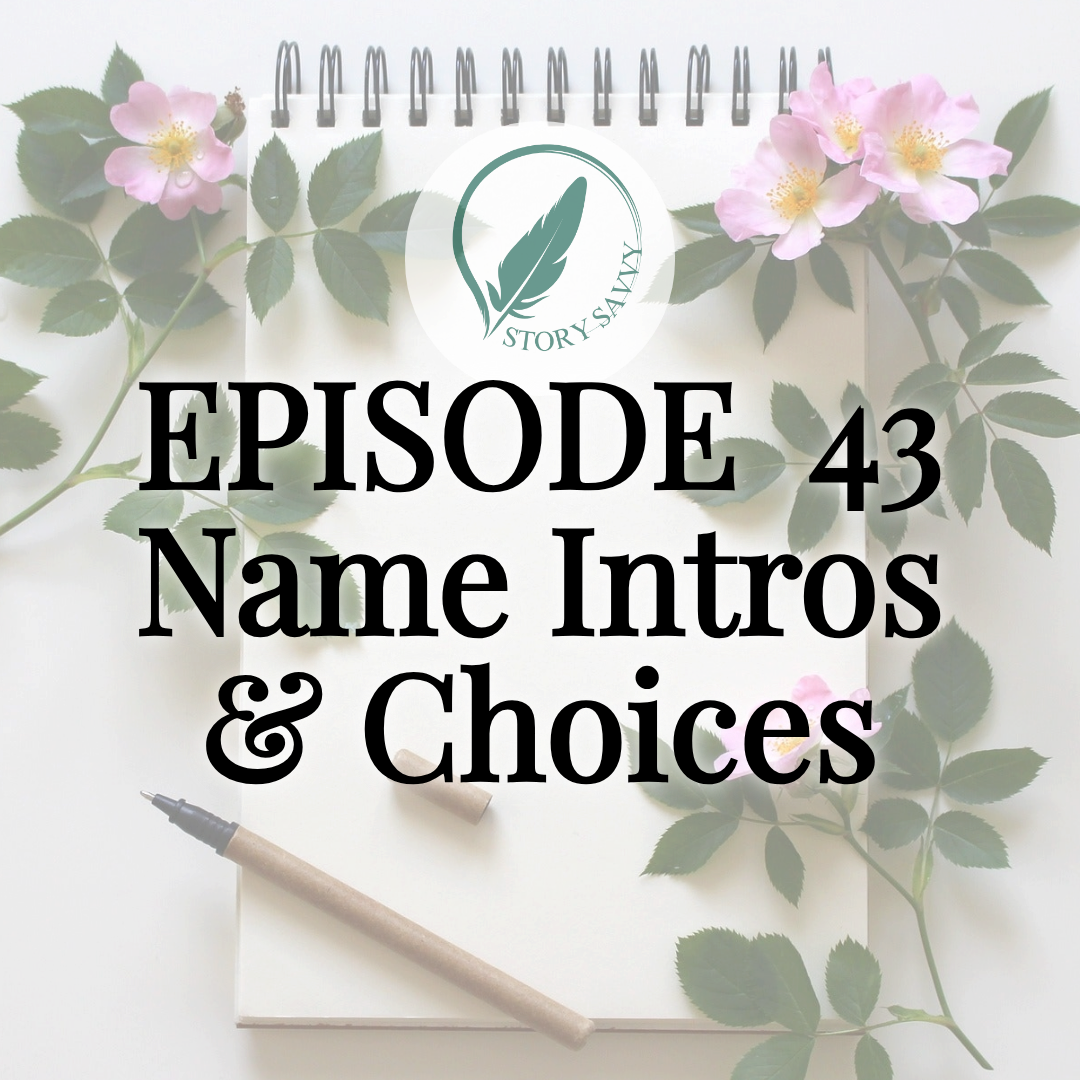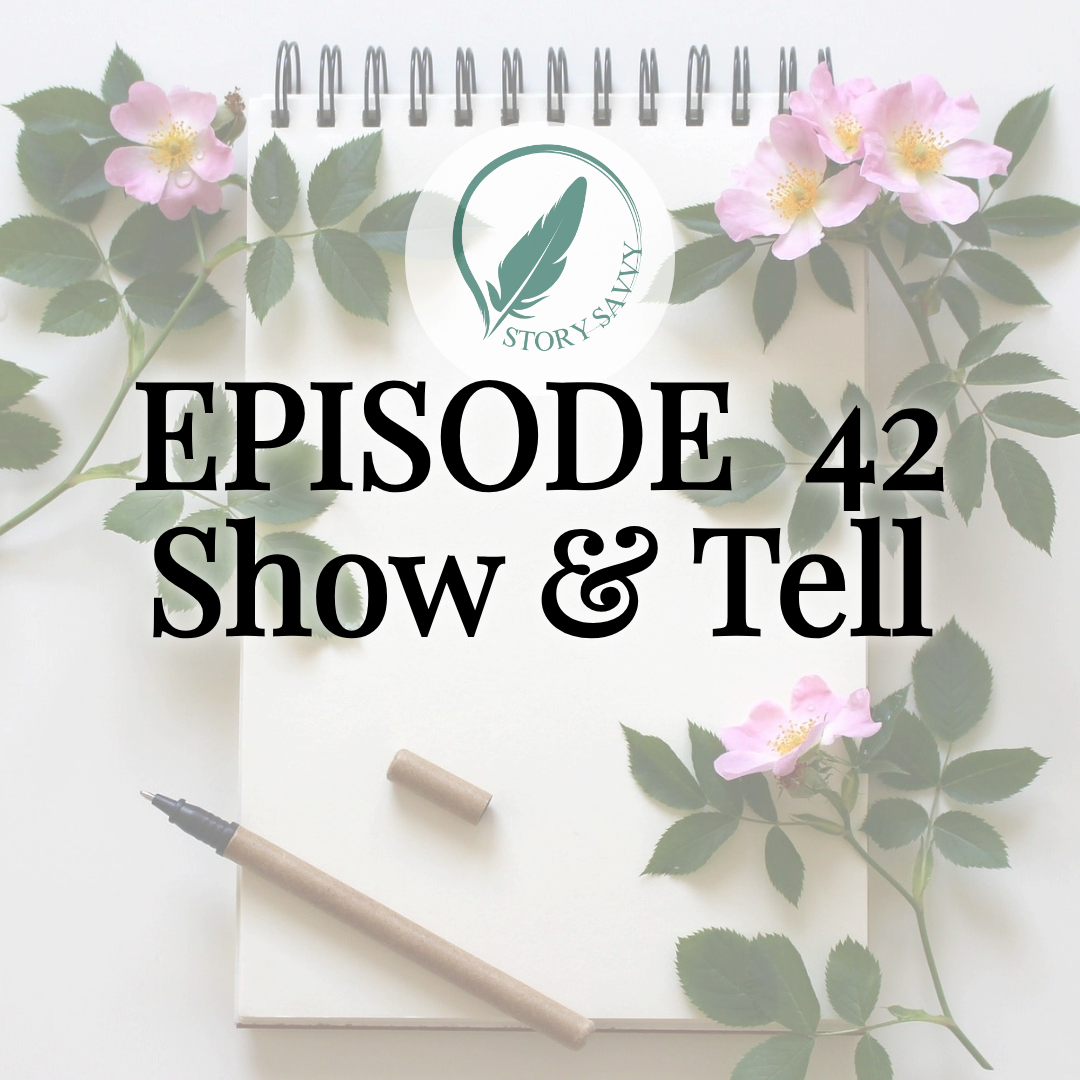Handling Jumps in Time, Place, & POV: Story Savvy Self-Editing Episode 37
Jumps & Transitions: After-episode thoughts, overview, and transcript…

You may want to revisit Episode 15: Narrative Style Choices, particularly around POV topics, and Episode 21: Word Count if you end up feeling overwhelmed or frustrated tackling the self-editing tasks in this one.
Happy editing!
Episode 37 Overview:
Handling Jumps in Time, Place, & POV
“If I skip or jump forward through time or space in my story, is it always clear to the reader when and where things are picking back up? Am I handling the passage of time and movement between locations well? And is my POV always clear after every break or transition?”
This episode explores pacing pitfalls writers, novel structure pacing, and self-editing strategies for writers, focusing on how to create smooth transitions that keep readers engaged. We dive into scene-level editing and editing scene flow, unpacking how clarity in transitions impacts focal length in narration and helps in maintaining story momentum. With these practical insights, you’ll gain actionable tools to strengthen your fiction and avoid common mistakes that derail storytelling flow.
In this episode of the Story Savvy Self-Editing Series, developmental editor Rebecca Hartwell and aspiring fantasy author Agnes Wolfe dig into one of the most overlooked but critical aspects of writing: transitions. From time jumps to POV shifts, and from white space to chapter breaks, they cover how to guide readers smoothly through changes without losing momentum or clarity.
In this episode, you’ll learn:
- The basics of signaling jumps in time, location, and POV
- Why clarity in transitions is vital for reader immersion
- Common mistakes writers make with scene breaks
- Structural rules for breaks (scene, chapter, or whitespace)
- How to maintain momentum when transitioning
- What “focal length” means and how it impacts storytelling
- When to summarize versus dramatize passages of time
- How to stay consistent with multiple timelines or POVs
- Tips for handling fantasy-specific transitions like teleportation or time travel
Recommended Resources:
- Need a Developmental Editor? Please check out my services here!
- Author’s Alcove Membership: www.authorsalcove.com
See you next week for episode 38: Dialing Up Uniqueness!
Episode 37 Transcript:
Handling Jumps in Time, Place, & POV
Rebecca Hartwell: Hello and welcome to the Hart Bound Editing Podcast. This is episode 37 of the weekly story savvy series where we tackle the 52 biggest self-editing topics and tips to help you make your good story great as an aspiring author asks me, a developmental editor, all of the questions that you have wanted to. We have covered a bunch in this series so far, including last week's episode on scene level pacing for big and small moments. Today we are going to take a look at handling jumps in time, location, POV, or narrative focal length in fiction. By the end of this episode, you’ll hopefully know where to catch these potential glitches, what makes for a good transition, and how to fix one that’s jarring. Joining me to ask all of the questions is my friend and cohost Agnes Wolfe. Welcome.
Agnes Wolfe: I am an inspiring fantasy author who hopes to release her first middle-grade fantasy later next year and also host and founder of Authors Alcove. I’m here to tackle easing and clarifying the reader experience around transition, especially scene breaks and chapter breaks, and that’s right where I am in my own self editing, so I’m kind of excited to cover this. I would like to start with some of the most basic things that we should keep in mind when we are dealing with handling jumps in time, place, quite a few, and focal length. How soon should we let our reader know that the story has taken one of these jumps and how should we accomplish that?
Rebecca: First of all you want to let them know immediately and ideally use a chapter break or a scene break where you have one of these jumps the basics here are that you always need to be extremely clear when the story has jumped forward or changed in any of these other ways and set the reader up to know exactly where, when, and who is the reality of the other side of that jump and to do so immediately. So, don’t make your reader end up reeling from whiplash or getting confused or mentally, you know, groping around this blank, empty, unknown space or POV for a while after you jump, be that starting a new scene or a new chapter or anything like that. You never want to just teleport the reader into an unknown time in place or perspective, and you have to remember that the reader is just reading one word in front of the other. They don’t know what’s coming yet, which you as the author often do.
Agnes: Speaking of which, us writers, since we do know what’s happening, we often have, are blind to the issues here since we know what we meant, and we have a visual of things which the reader does not have. How can we be sure that our reader has made that jump with us and it didn’t just happen in our head because we knew that was supposed to happen?
Rebecca: So, there's a checklist that I suggest you go through, and you check the beginning of every new chapter in every new scene anywhere is applicable so step one is, or question one I should say, is it clear? Who is the POV character of that scene? Is it clear who the primary protagonist of the scene is if there are options for who that might be? Is it clear who does or says the first thing that is done or said in this new moment? Is it clear who is present on stage, so to speak, and this can be more of a general like, hey, is this a private setting or is this a public one where anyone might wander over at some point? And this is to avoid a new character, secondary character, sort of magically teleporting in the first time that they speak or have something to do when they were previously mentioned as being there. The next question is, is it clear how much time has passed since the last line of the last moment or scene or chapter before the break or the jump? And if that’s not natural to stay right there, can you place this new moment in the grander timeline? Can you say oh it’s this many weeks since this memorable event or this many weeks to this other event that we’ve been counting down to through the whole book. Next question is, is it clear where things are in the moment that we pick back up, specifically or generally? So, are we, you know, in a castle? Are we in a bedroom? Are we outside? Are we in a forest? Giving some sense of place is important. And then the last question on this checklist is, is all of these things clear in the first paragraph ideally the first sentence after the break? For example, a good transition line after a break might be something like, “Jordan angrily stabbed at their breakfast, glowering at Alex across the loud mess hall.” That tells the reader that we are in Alex‘s scene, that it is the morning after the last whatever, that we are in a mess hall, that Alex is also present, and that there are lots of other people also present who can later be defined as they approach or join into what’s happening without it feeling like they’re appearing out of nowhere. If you’re doing omniscient POV, also known as head hopping as a consistent and intentional choice, then each place the story hops from one head to another should be treated very delicately and gently like the kind of break that we are talking about here. And if nothing else with these tiny, very, very frequent breaks, you need to make sure there’s always clear which head you are in after each hop. You need to be clear whose head you are hopping into with each internal observation or opinion or emotion, anything like that.
Agnes: And one of the things that I was kind of thinking about was, so I just took five chapters and made them two, and one of the things that I found myself editing is that I had already introduced this person. I had already done this, but when I condensed it, I had to go, when I went and read, I’m like “oh I have to re-introduce that,” and I think that in our self-editing that’s probably one of the huge mistakes. Speaking of mistakes, what are some of the most common mistakes that you see writers make as development editor?
Rebecca: So specifically on today’s topic of handling these jumps and transitions there are a few that very easily jump to mind and I see these a lot in a lot of the books that I work on. Number one is not using scene breaks at all where a big jump is taken. When you skip ahead overnight or from one day to another crossed weeks or the other end of a journey you need to use at least a seam break. Mistake two, well OK so hold on, on that first one I want to clarify just a little bit more on that. It’s squishy how much of a skip needs a scene break and how much doesn’t generally if you’re skipping minutes or hours, you don’t need a scene break if you mention, oh, this much time has been skipped, we’re continuing the story. If it’s more than that, you probably need a scene break and if you don’t want to use one of the most important tools, there, is to make sure that you name the transition that happened to skip ahead to the to the end of the meal, or whatever, rather than just jumping to the far side of that gap. So then issue number two that I see very, very frequently is that, basically it’s not clear who’s POV things are in particularly in dual POV or multiple POV. When you start a new chapter, some people will just put the name as a subheading to the chapter and that’s great that clarifies that you don’t have to do that, but it does need to be clear immediately if there are multiple POV characters in the book, which one it is for that scene. And then the third common mistake that I will often see around these transitions is just a lack of context against the last scene. So, if the last scene closed in a certain time in place when you open the next one, you need to make it clear that it’s not that time and or not that place anymore because without establishing that the reader is going to have to assume that it is picking up right where the last one left off and that’s rarely the case.
Agnes: So, I know that there are words that we should use, but as far as like structurally are there certain rules surrounding jumps of time or place, such as scene breaks, chapter breaks or white space?
Rebecca: Is that what you mean by saying there’re words to use? Are you just talking about definitions there?
Agnes: No, I’m talking about structurally, is there rules about the white space?
Rebecca: Sure, so first of all white space is not a replacement for a scene break or a chapter break, and it should be used very sparingly, only where you’re jumping too little time for it to really qualify to have a full scene break there. Chapter breaks and scene breaks are pretty interchangeable. In particular chapter breaks are an arbitrary choice by the author, but our most commonly seen where you move on from everything that is clustered around one scene core event to the next, or to the to another one. A scene break can be used within a chapter, and it is most often used to skip boring stuff that the reader doesn’t need to see like I was talking about, use that to skip to the end of a meal, overnight, a couple of days ahead, whatever you want to do. That’s still keeping the narrative around whatever the Corvette for that chapter is. And then you can also use a scene break within a chapter to change from one POV to another, which I think we’ll touch on a little bit more later in this episode. The only rules, per se, that I can think of to mention right here are, number one, make sure that you name and or number your chapters. It doesn’t matter which one you want to go with, you could do both, but please use something like chapter one or, you know, introductions as a title for the chapter. Something like that. Rule number two is: use 3 asterisks, center aligned, as a scene break. It has to be some sort of symbol. Or I’ve seen very decorative ones but a piece of art, but that’s not expected before publication. Use some visual marker for your scene breaks. Rule three is don’t use white space brakes unless you have standard formatting for everything else if you have blank lines, so white space between just ordinary paragraphs going through the narrative, then trying to use white space extra to differentiate that sort of gap isn’t going to be visually catchable and it’s not going to work well, so avoid extra blank lines between your paragraphs, especially if you want to be using white space as a break at any point. Rule four is use some sort of mark to break anywhere that the story takes a big jump in time, location, POV, anything like that. No exceptions. There has to be some sort of March break, that could be a chapter break, scene break, or white space. And then point over five, rule number five here, is check the transitions around all three possible break types that I just listed for issues of reestablishing the where, when, and who or who’s. Again, no exceptions.
Agnes: So, when doing transitions from one place time to another, how can I make sure that what we write is smooth and doesn’t seem jarring or out of place to our reader? I know our goal is that our transition should feel seamless, invisible, so that the reader comes along with us and doesn’t even realize that oh this is a scene break.
Rebecca: So, there are different ways to approach this. A couple of the easy ones are, you can either state in the opening well so many time units later, so three days later, a week later, two months later, whatever. Or more ideally than that, if you want to up your craft a little bit, you can try showing that kind of thing like mentioning after breakfast in the opening line, which shows the reader I should say that a night has passed without having to state the next morning. Or as another example here, if you establish how long an upcoming journey is going to take before your characters set out on it then if you end the chapter, and you start the next one of them walking through the gates of this new city for example that’s all you need to do. You told the reader exactly how many days it was going to take. So just by showing that they have arrived you have handled that jump forward in time and location, and that’s all you need to do.
Agnes: How can we make sure that our story doesn’t lose momentum when transitioning in time and space?
Rebecca: Don’t do breaks too often. The rule of thumb that I tend to use and suggest around that is that if you can’t get at least 1000 words of the story happening in real time altogether before you need to do a jump, be that in time, location, or POV, you need to reassess how you have events or conversations grouped within your narrative. If in order to move forward, you need to constantly use chapter breaks, scene breaks, white space, ships of POV and they’re all these little, tiny, you know 200, 500, 700 word snippets that’s not working. You need to instead combine events into one day that you can show happening coherently. Or you need to gather up five or six conversations and put them into one longer conversation so that you don’t have to do these jumps too frequently. Also, though, on the other side of that, you don’t want to avoid using scene brakes where they are needed. So, within that lower constraint, use them liberally enough to leave every scene as early as possible, and arrive at the next one as late as possible. So if you have a bloated chapter look for a place where you could shave off a few paragraphs up to a few pages by using a scene break to skip over the boring stuff in the chapter, and instead, end the first scene of the chapter earlier and start the next one later by using that break to spare the reader stuff that they don’t really need to read in detail. Beyond that, confusion is just a huge momentum killer. So, clarifying when, where, and who the scene or chapter is opening with will help keep momentum up and let the readers stay fully in the story.
Agnes: So, we’ve brought up this freight or this idea a few times and I just want to make sure there’s a clear definition of what we’re talking about but what is focal length, which you mentioned earlier.
Rebecca: Focal length is how close to events the narration is and or whether or not things are unfolding in real time. For example, close focal length would be things like dialogue, emotions, or expressions, detailed actions, and that sort of thing. Distant focal length is describing a large backdrop before narrowing into the story unfolding it is using summary statements like, “they traveled for several days.” It could be providing backstory overviews in narration and other things like those. This topic here of focal length is the outlier in this set since you don’t really need to check that your focal distance is clear about whether or not it’s closer distant after each break, but it can be used to zoom in or out and help you avoid needing to use a break at all. If instead of using a break, be that white spacing break, chapter break, you instead decided to just zoom out and say something like, “they traveled for several days,” that zoom out can spare you needing to use a break that you would then need to ease the transition of. Choosing to zoom out for transitions, with or without a break there, can be a good choice, depending on specific instances, it’s not universally applicable, and really importantly you should only ever be using really distant or zoomed out focal length for transitions of some kind. You never want to be zooming out that focal length in an important ongoing moment like we talked about a little bit in the last episode of the series. Lastly, on this point, you need to actively move that transition in focal length at least a little bit in either direction, no matter where you are doing it. I don't think I phrased that clearly so let me try to clarify here. If you are moving from, let’s say dialogue, where everything is happening in real time you don’t want to then in the next paragraph just whammy it over into, “over the next three months they blah blah blah.” That’s going to be a little bit jarring, so spare a sentence here or there to sort of make that more of a zoom. Go from that dialogue to, “well and then they gathered up their belongings, and they moved towards the horses,” and then you can get to that super zoomed out. Or if you’re coming into a new scene or chapter even in a full book, when you’re describing, “Kalanthra is a land of plenty and these grand jungles cover most of these continents,” you can’t immediately then jump down into “so-and-so said this.” That’s going to be very, very jarring. You need to, again, look at this planet, however big, however zoomed out you’re starting, and zoom it in kind of stage by stage so that you aren’t leaping straight from either 20,000-foot view or real time into the other.
Agnes: That makes a lot of sense. My next question, I feel like we’ve already covered this, but I just want to make sure that we are covering all of our bases. When we do passage of time, for instance, when should we summarize you kind of covered what happened over the passage and when should we write it all out you’ve kind of covered that as well, but are there any other rules about summarizing that we have not yet discussed?
Rebecca: Summarizing can be seen as handling a passage in time, but it is also very much zooming out that focal length, like we were just talking about. To answer your question about how to make a call about whether to summarize something or not to, the question to ask yourself is essentially “how boring is it?” If the reader needs the details or if those details are particularly interesting, write them out in real time. If not, then if it’s just a wrap up from one thing or setting something else up or a transition of any kind to get just to the next part of the story then that is more likely a good place for things to be summarized. So if your protagonist is arriving at the mountain where they know they will be fighting their final battle, that probably has a lot of motion and adrenaline and preparation detail worth describing in real time; however, the process of them just walking for six days to get there can probably be a scene or chapter break where you are fully skipping that boringness. But then if, let’s say, they sit by their fire and meditate all night to prepare for the battle that might be a good place to simply zoom out, summarize it in a statement like, “they meditated all night in preparation for the battle” and then zoom back in once that real time interest comes back up the next morning. More generally on the topic of summarizing using that to briefly catch up the reader on what got skipped since the last scene, ideally in the first or second paragraph of the new one, is very often exactly the right choice for that moment and for what you need to do for the reader there. Anywhere else, anywhere that isn’t a transition, particularly a scene break or a chapter break, it is more likely to feel off to the reader if you’re summarizing. It’s more likely to feel like you are lazy, and you didn’t want to fill out what was actually happening there or you never really made a decision or like you’re withholding interest from them and none of that is good. When you choose to not use a break, so if you want to just use white space or not even white space to handle the jump, that zoom out summarize and zoom back in is absolutely what you can do there. So, for example you could say you know, “Sarah walked to town” and that summarizing can bridge that gap just like if you showed her preparing to leave and then used a break and then showed her arriving in town, as long as long as she’s not magically appearing there with no markers, you’re doing OK.
Agnes: This kind of goes along with what we’ve been talking about but I feel like consistency is important in writing, I think of books to have transition from one person to another really well, but I think it’s especially in jumping from past to present you know that go back-and-forth or have multiple different timelines that preparing the reader by having a certain set up is so key. So are there certain rules surrounding these aspects that we should consider if we are jumping timelines or POV even.
Rebecca: So, first of all yes, the Night Court is absolutely like my favorite book that handles multiple timelines well so if anyone needs an example, I recommend that. There are a few rules here to really, really help with multiple timelines. First if you remotely can try to do a direct 121212 alternation between the two timelines without breaking that pattern. Like you were just mentioning, establishing for the reader that they can have these expectations, and it will continue to be fulfilled is very, very helpful. Second, embed as many hits as you can in every scene about which age, or timeline, or what have you, that is happening in be that through the technology or the clothing, the government, anything like that. And third, keep the POVs and settings very distinct between all of your different timelines. Have, for example, one of them be an innocent viewpoint, somewhere bright, and hot and then the other timeline be a jaded personality, somewhere that is dark and damp. That way you have a pretty much inexhaustible variety in ways to signal that transition in just a couple of words. For example, even with first person narration, by opening after a chapter breaker scene break with something like, “I squinted into the sun, wondering, blah blah blah,” is very indicative of one personality, and then you can contrast that with opening a scene with something like, “I frowned and turned my collar up against the depressing damp.” Without naming a character, without naming a location or a timeline, both of those if you’ve established them, or are going to, are clear. The fact that it’s sunny tells the reader, “Oh, it's in that timeline.” The fact that this person is frowning and generally negative tells you that you’re in the other one. But also, more generally on the topic of consistency, I’m really glad that you brought that up here. Being consistent and establishing your own predictable patterns around person, tense and POV can be very, very important to the reader’s perception of it. In my own books, or at least the more recent ones, I try to have the POV character for that scene’s name be the first word the reader sees on that page. And for another example, if you want to use scene breaks to swap POVs within one chapter at any point in the story, it helps that not feel jarring if you also do that same multiple POVs in a chapter early on the story and then consistently throughout.
Agnes: You mentioned that we should not teleport our reader, but if we’re purposely trying to teleport our reader, like we actually have teleporting in, like we were talking about, fantasy or something. How do we handle that since we aren’t supposed to accidentally do that?
Rebecca: There’s a difference between teleporting your reader and teleporting your characters, so there can be overlap and how you want to look at this. You never want to teleport your reader, as in, they don’t have any explanation for why they are now in a different POV, time, place anything like that. When you’re teleporting your character, because your world actually has teleportation of some description, all you really have to do is name that and this can be with whatever terms you want to come up with for your world building. Voyaging, winnowing, aparation, anything like that can work just establish what that word means. And then you still want to go through your checklist of establishing the when, where, and who on the far side of that transition after every literal teleport, or time jump, or what have you.
Agnes: Well, thank you so much for your insight. It has always helped me, especially because I feel like we are talking through the portions that I am self-editing at the moment, which is always nice. Thank you.
Rebecca: Next week we are going to go deep into dialing up the uniqueness in fiction at the scene and page level, specifically. For now, I will thank everyone who follows along with this series. If you know any other authors who are nearing the end of their first draft or struggling with revising or rewriting their novel, please send them our way. The more authors that we can help understand and finish the process of self-editing the happier I will be. Thank you again.
Agnes: Can’t wait to see you next week.
Rebecca: Thank you so much for listening to the Hart Bound Editing Podcast. I look forward to bringing you more content to help you make your good story great so it can change lives and change your world. Follow along to hear more or visit my website, linked in the description, to learn how I can help you and your story to flourish.
See you next time!
